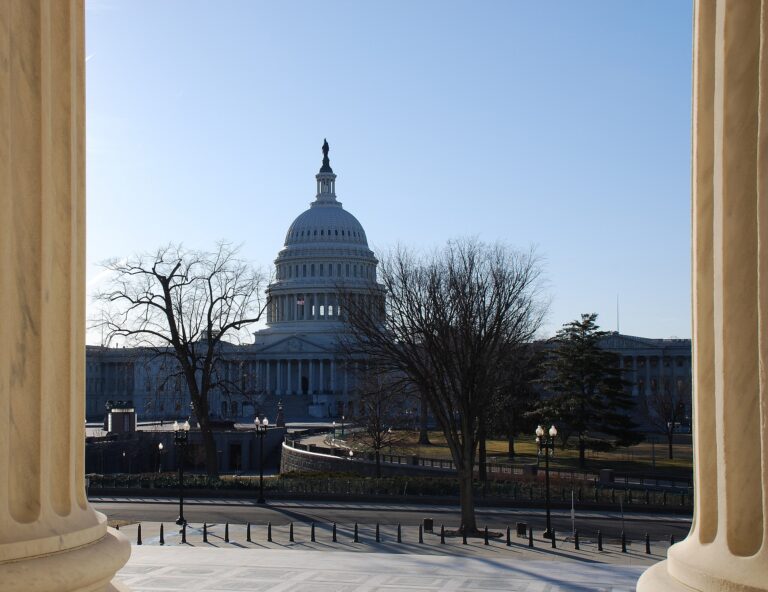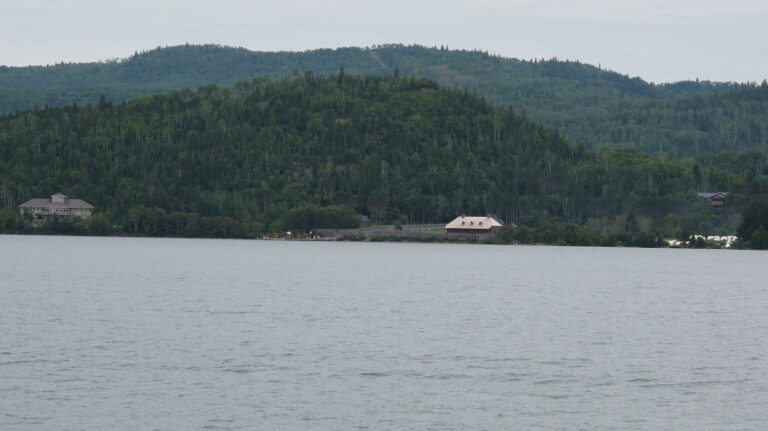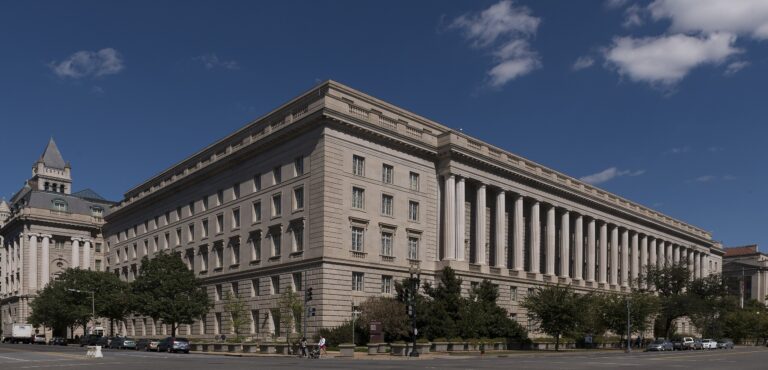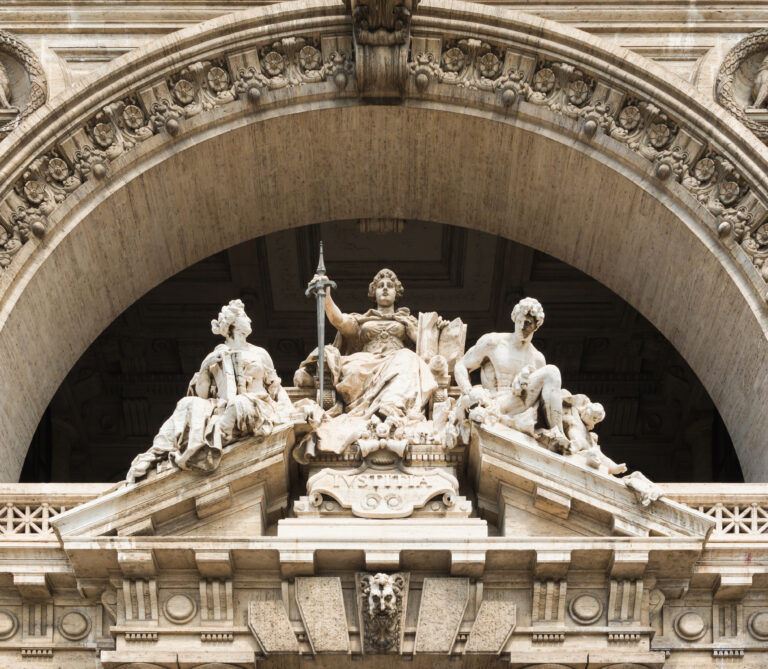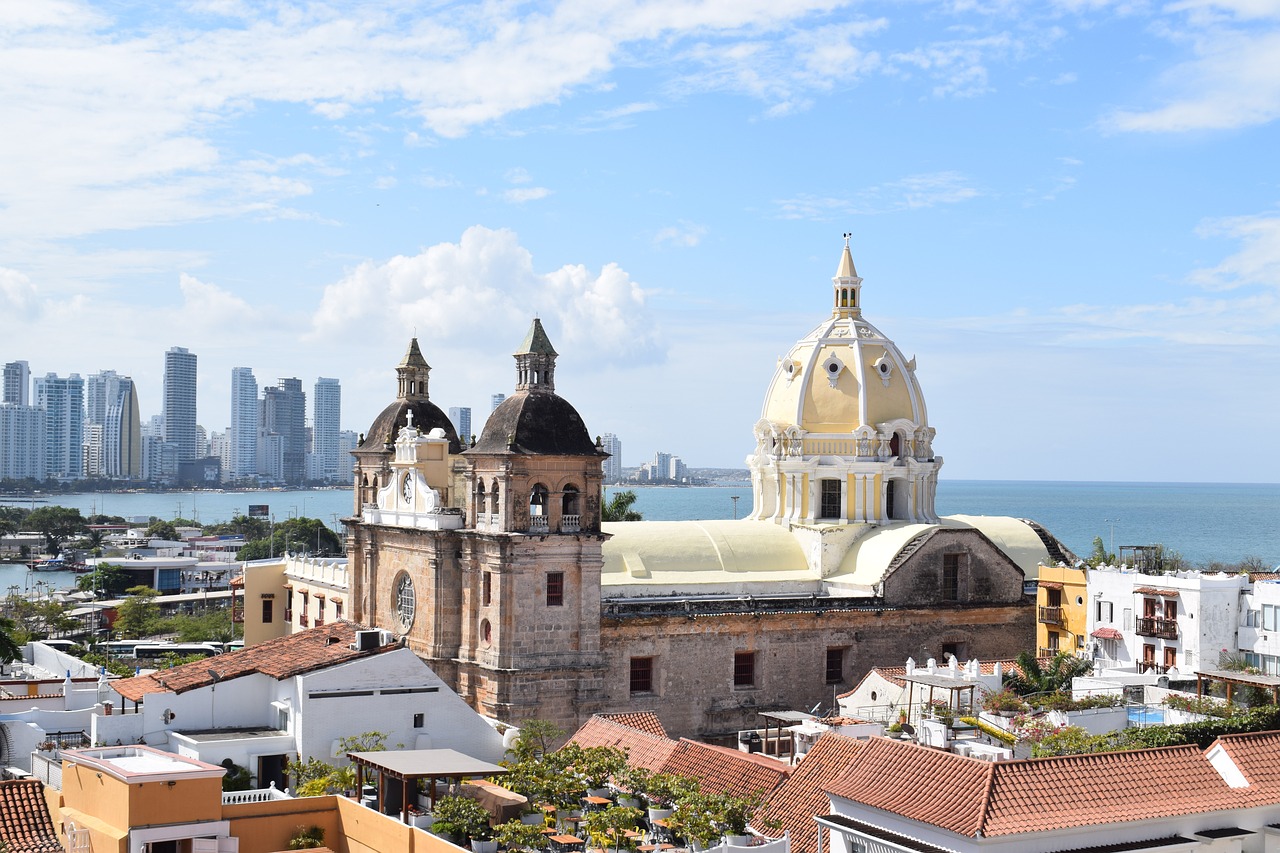
Towards a Multidimensional Understanding of Places of Worship for Rights Balancing in Colombia
John Osorio
Image by Neidy Girado from Pixabay (license).
The following essay is reprinted and adapted on Canopy Forum in collaboration with the journal Derecho en Sociedad, a biannual electronic publication that is free and open access. Their issue 18(2) features full length articles in Spanish and English. Read Osorio’s long-form essay on places of worship in Colombia here.
The following reflection stems from work developed on public policies related to religious freedom in Colombia since 2018, with a particular focus on places of worship. Firstly, we will provide an introduction to some of the results obtained from this work. Next, we will contextualize the right to religious freedom (FoRB) in relation to urban planning and describe the tension between rights associated with places of worship. Finally, we will propose a multidimensional perspective for observing places of worship, aimed at designing public policies that help minimize tensions among various rights surrounding places of worship.
Public Policy on Religious Freedom in Colombia
Colombia has been at the center of the study of the right to Freedom of Religion or Belief (FoRB) over the past seven years, due to the signing of Decree 437 of 2018, which establishes the first national public policy for the comprehensive guarantee of this right. This policy creates action lines that engage national and local public authorities, promotes the participation of different religious entities, and fosters collaboration with academia. As a result, there has been an in-depth exploration of the great potential to create instruments and mechanisms for the protection of this right from a multidimensional perspective. Among the most evident results, the Academic Network for the Respect and Guarantee of Religious Freedom was established through Resolution 0987 of 2020, and the National Committee for Social and Intersectoral Dialogue on Religious Freedom was created through Resolution 2245 of 2021. This committee uses a method developed in Colombia to integrate different actors and topics in the pursuit of protecting the right, called Multi-tematic Social Dialogue. This has allowed for an expanded understanding of the broader implications of the right, as well as its limitations, in areas such as education, health, communication and technology, interreligious dialogue, and many other fields of knowledge. Additionally, the United Nations Development Programme has conducted a characterization of the religious sector to understand its contributions in humanitarian, social, and educational terms, as well as in prevention and intervention in various economic, social, and environmental policies.
FoRB and Urban Planning in Colombia
Another topic that has generated significant interest in the study of FoRB in Colombia is related to urban planning and decisions about territorial organization. As a result, branches such as law, theology, and urban planning have been brought together to address issues related to the role of places of worship in urban spaces. This helps to better understand how the right to religious freedom can be violated by urban planners. For example, in an intermediate city in Colombia, the Interreligious Dialogue for Urbanism (INDIUR) was created to facilitate interreligious dialogue specifically focused on urban planning decisions. Another example is academic colloquia where the challenges faced by religious entities in Colombia for fully enjoying the right to religious freedom in relation to urban planning have been discussed. An additional example is the creation of the National Subcommittee for Interreligious Social Dialogue and Urban Planning within the National Committee for Social Dialogue.
However, these actions are still not sufficient to understand the limits and scope of FoRB and its guarantee in relation to urban planning. It is better to say that we are on the right path; the progress made can help drive the start of this work for other countries. Nevertheless, new efforts are needed to promote further academic exercises related to places of worship in the context of this right.
In Colombia, we have learned a lesson: As new research is conducted, new opportunities will arise for proposing actions that guarantee the right. Conversely, ignorance of the relationships between FoRB and urban planning has allowed for multiple violations that are not commonly categorized as violations of the right and are therefore commonly accepted (natural violence).
The Problem of FoRB and Its Relation to Other Rights
There are cases in Colombia where the right to FoRB has been violated in relation to places of worship in urban spaces. In some conflict-affected areas, an explosive destroyed a parish. Other places have been burned, stoned, or vandalized.
But violations do not stop there. Some areas have required in their zoning regulations that places of worship be located far from urban areas, with insufficient transportation to connect people to these places. In other locations, regulations have limited the height of buildings, preventing their development based on theological and conceptual criteria specific to the religion. There are also other technical impositions affecting worship. It is necessary to create participatory consultation processes with religious entities to understand these imposed limits and find connections with FoRB violations.
Also, it is very important to highlight that the right to FoRB is not absolute in Colombia, and this applies to places of worship in urban spaces. This means that there are other fundamental rights also present in urban spaces. For example, public space is considered a right, so it is not possible for vehicles from places of worship to park indefinitely in the adjacent territory. There is also the right to rest; therefore, neighbors living near places of worship must also enjoy this right, so the noise emitted by the place of worship cannot violate the rest of those who do not participate in the worship.
This presents a significant challenge that is still incipient in Colombia. After reviewing the jurisprudence related to FoRB in Colombia, we find that the Constitutional Court has investigated this issue, particularly concerning noise problems. For example, the Court issued a ruling on the Centro De Alabanza Oasis Tabernáculo Restaurador Church to ensure that noise levels do not exceed 65 decibels during the day and 45 decibels at night (Resolution 0583 de 1983). This ensures that neighbors of the place of worship have the right to rest while the Church maintains its right to religious freedom.
This balancing of rights when there is tension between them is a wise measure to protect fundamental rights. However, it is observed from the review of court rulings that its applicability has been exclusively to cases where the place of worship conflicts with noise and public space. This is crucial because if the relationship between FoRB and other rights is not understood, authorities might suppress this fundamental right to prioritize another. This happened in Colombia in 2016 with the creation of Law 1801 or the Law on Coexistence and Citizen Security. Neighbors would complain to the police about noise from the place of worship, and the police would react by entering the place and ordering the sound to be turned off or the meeting to be closed. This is arbitrary.
This situation has led to actions within public policy to help reconcile rights, such as training authorities on the right to FoRB, promoting the purchase of sound meters in local governments to base decisions on empirical facts rather than assumptions, and training religious entities on the relationship between FoRB and other rights. Regarding public space, actions have been taken such as temporarily assigning adjacent areas to the place of worship while it is in operation.Thus, as we understand more about places of worship, we can make fairer and more equitable decisions in protecting the right to FoRB.
Analysis of the Life Cycle
In the same vein, we should strive to understand places of worship from their history, as this allows us to see how the relationship between different rights has evolved over the years and how places of worship have been situated in urban spaces. For the Colombian case, we can identify four study phases: the pre-Columbian era, Spanish colonization, the independence era, and the period after the 1991 Political Constitution. Each of these periods provides elements to understand the impact that places of worship have had on their surroundings and thus a better understanding of the conceptualization of the right to FoRB. For now, this idea highlights the importance of history in understanding the rights surrounding places of worship, but there will be another opportunity to delve into it further.
Another reference framework for understanding the reconciliation of rights is to view places of worship from the Building Life Cycle perspective. This means that places of worship have their origin in the extraction of their constituent materials and end when the building is demolished or repurposed. We could say that the phases of the Life Cycle are: extraction, planning and design, construction, usability, and demolition.
To better understand this proposed review of places of worship from the Life Cycle framework, let’s look at an example. In Colombia, the use of a type of bamboo called Guadua Angustifolia, also known as natural steel, has been very important due to its strength, making it a structural element for construction in the country. In fact, the Seismic Resistant Standard NSR-10 has a chapter dedicated to construction with Guadua. Many places of worship in Colombia have been built or use this material in their construction.However, this material has faced challenges in its extraction due to environmental regulations. Considering that some religious entities view constituent materials as part of their dogmatic and confessional criteria, conflicts related to materials and FoRB might arise.
Robert Alexy, expert on…, has proposed a method for the balancing of rights that has been employed in Colombia by the Constitutional Court. With the previous approaches, this method could be applied to urban conflicts involving places of worship from different phases of the Life Cycle of the building. The method itself only suggests respecting each right, helping to balance which right is more important at a given time. However, it can assist in proposing public policy actions to prevent the emergence of new conflicts, thus highlighting the importance of the proposed framework.
For example, it can help resolve tensions such as those in an intermediate city where a place of worship is located near an airport. Regulations have imposed limits on the height of buildings in this area near the airport. If there is a need to build higher for theological reasons, a conflict might arise between FoRB and the right to life, which aims to protect airline passengers. As with this example, many tensions related to zoning, building indices, and other technical concepts connected with the FoRB remain to be studied.
Conclusion
A place of worship cannot be defined as a physical and static space over time; we must move to other frameworks of multidimensional understanding. The reflections expressed allow us to observe the FoRB right with a better understanding of its scope but also its limits, especially concerning places of worship. Public policy has allowed for the emergence of research and reflections in Colombia, such as those presented in this document, but these reflections will also help shape and improve new public policy actions to ensure FoRB is guaranteed more justly. ♦

John Fredy Osorio Cardona is a PhD Candidate in Development and Territorial Studies at Universidad de la Salle in Colombia. He has served as a public official and state contractor, and worked for three years at the Directorate of Religious Affairs of the Colombian Government. He has also been an international speaker on peace and religious freedom projects, both in-person at events in Chile, Morocco, and South Africa, and virtually at academic events based in the Netherlands, Mexico, and the United States. As an academic initiative, he created the Worship-LAB, a multidimensional perspective laboratory on places of worship. Contact: jfosorioc@unal.edu.co
Recommended Citation
Cardona, John. “Towards a Multidimensional Understanding of Places of Worship for Rights Balancing in Colombia.” Canopy Forum, October 22, 2024. https://canopyforum.org/2024/10/22/towards-a-multidimensional-understanding-of-places-of-worship-for-rights-balancing-in-colombia/.
Recent Posts



